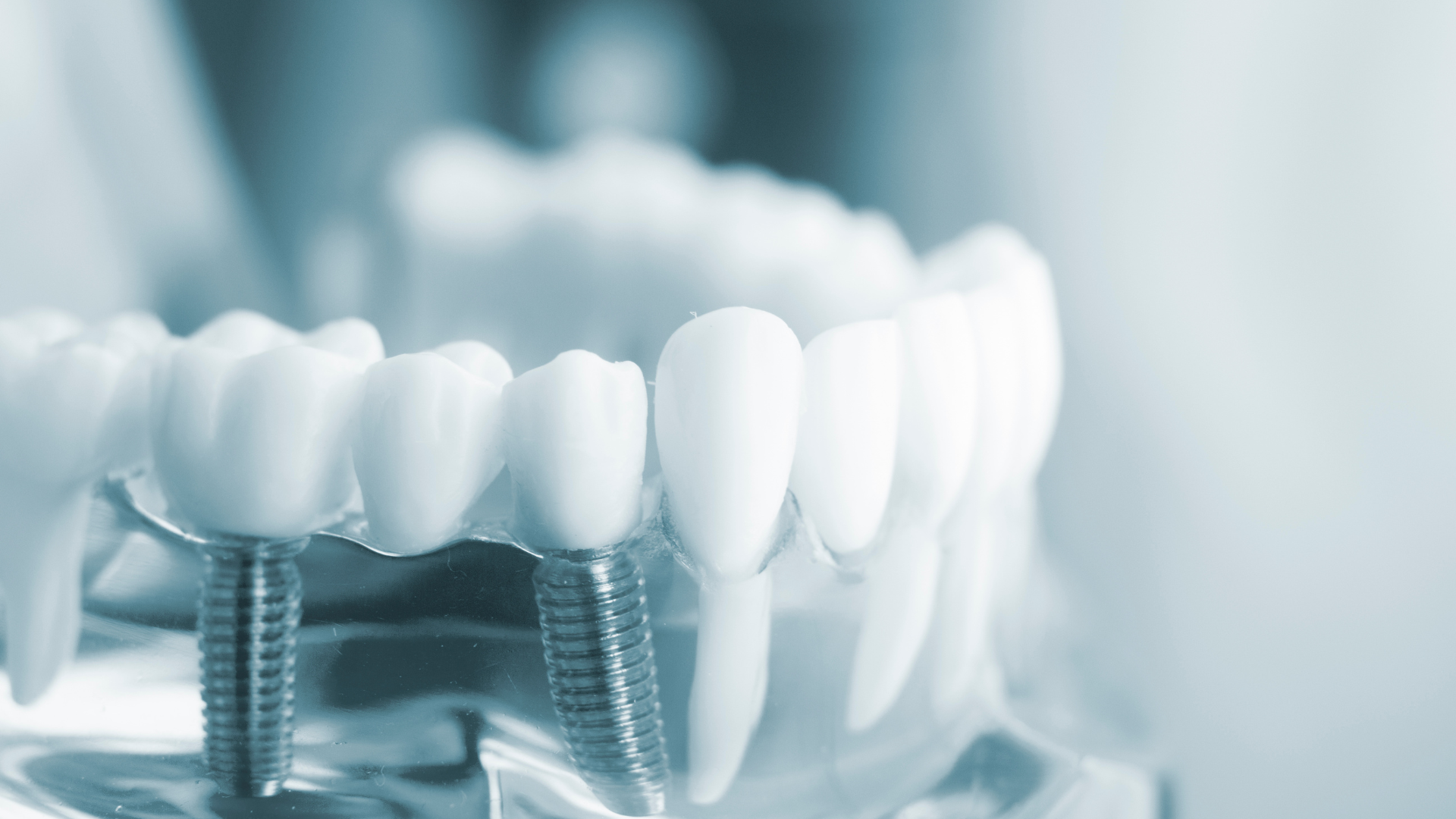✉️ info@dentaloasisofoc.com ☎ (714) 894 - 7700
Dental Bondings
Dental Bondings: The Art and Science of Smile Enhancement
Dental bondings, often referred to as dental bonding or tooth bonding, are a versatile and minimally invasive cosmetic dentistry procedure designed to enhance the appearance of teeth. This procedure involves the application of a tooth-colored composite resin material to the teeth, effectively correcting imperfections and restoring a natural, esthetically pleasing smile.
The Purpose of Dental Bondings
Dental bondings are employed to address a variety of dental concerns, including:
- Repairing Tooth Decay: Bondings are used to fill cavities and restore the tooth's shape and function. They provide a cosmetically pleasing alternative to traditional silver amalgam fillings.
- Fixing Chipped or Cracked Teeth: If a tooth is chipped or has minor cracks, dental bondings can be used to restore its integrity and appearance. This is often a quick and effective solution.
- Closing Gaps: Bondings can close small gaps or spaces between teeth, providing a non-invasive alternative to orthodontic treatments.
- Covering Discolorations: Teeth that are discolored or stained can be improved with dental bondings, giving them a more vibrant and uniform appearance.
- Changing Tooth Shape: Dental bondings can reshape misshapen teeth, creating a harmonious and balanced smile.
The Bonding Process
- Consultation: The process typically begins with a consultation with a dentist to assess the patient's dental concerns and determine if dental bondings are the appropriate solution.
- Preparation: Unlike procedures such as veneers, dental bondings typically require minimal tooth preparation. In most cases, anesthesia is not required unless the bonding is being used to fill a cavity.
- Material Selection: The dentist selects a composite resin material that closely matches the color of the patient's natural teeth. This ensures that the bondings blend seamlessly with the existing dentition.
- Bonding Application:
The dentist applies the composite resin to the tooth, shaping and sculpting it to achieve the desired appearance. A special curing light is used to harden and bond the material to the tooth's surface.
- Finishing Touches: Once the bonding material is set, the dentist further shapes and polishes it to ensure a smooth, natural-looking result.
Advantages of Dental Bondings
- Minimally Invasive: Dental bondings preserve more of the natural tooth structure compared to some alternative treatments.
- Quick Procedure: Bondings can often be completed in a single dental visit, making them a convenient option.
- Natural Appearance: The composite resin used in bondings mimics the appearance of natural tooth enamel, providing a seamless and attractive result.
- Versatility: Dental bondings can address a wide range of cosmetic and restorative dental concerns.
Longevity and Maintenance
While dental bondings are durable, they may not last as long as some other cosmetic dental procedures like veneers. Their longevity depends on factors such as oral hygiene practices, dietary choices, and the extent of wear and tear. Bondings may need to be touched up or replaced over time.
Dental bondings are a versatile and effective solution for improving the appearance of teeth. Whether it's repairing cavities, restoring chipped teeth, or enhancing overall smile aesthetics, this cosmetic dentistry procedure offers both cosmetic and functional benefits. Consultation with a dentist is essential to determine if dental bondings are the right option to achieve your desired smile transformation.
Hours
Mon - Thurs: 8am - 5pm
Friday: Closed
Saturday: Closed
Sunday: Closed
Contact Us
Quick Links
© All Rights Reserved | Dental Oasis Of Orange Country | Privacy Policy





